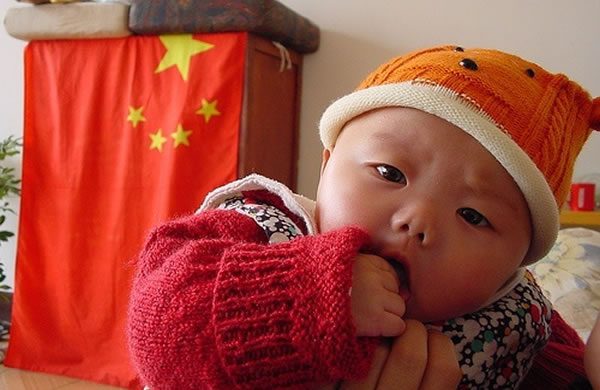B2 – Upper intermediate
It’s no secret that China’s one-child policy was passed as a law to help curb their population growth and make sure that their land could support the people. However, not many are aware of the consequences that it brought to families.
Read the article below to know more about the downside of China’s one-child policy.
Chinese Mom Has Abortion Because Her Only Child Threatened Suicide if She Had Another Baby
Discuss:
1. What is your initial reaction to China’s one-child policy?
2. In your country, what is the current trend when it comes to having a family?
3. What are the advantages and disadvantages of having a small family?

2 replies on “The Disadvantage of China’s One-Child Policy”
1. What is your initial reaction to China’s one-child policy?
The one child policy I think it is a wise measure. By the late 1970s China’s population was rapidly approaching the one-billion mark, and the government was beginning to give serious consideration to curbing what had become a rapid population growth rate. A volunteer program was announced in late 1978 that encouraged families to have one child being preferable.
In addition, enforcement of the policy was strongest in cities and more lenient in the countryside. Methods of enforcement included making various contraceptive methods widely available, offering financial incentives and preferential employment opportunities for those who complied, imposing sanctions (economic or otherwise) against those who violated the policy, and, at times (notably the early 1980s), invoking stronger measures such as forced abortions and sterilizations (the latter primarily of women).
The one-child policy produced consequences the country’s overall sex ratio became skewed toward males—roughly between 3 and 4 percent more males than females which led to a situation were there was fewer females available for marriage.
Also it results in a rise in abortions of female fetuses, increases in the number of female children who were placed in orphanages and thousands of Chinese girls were adopted by families from other countries.
It was announced in late 2015 that the program was to end in early 2016.
2. In your country, what is the current trend when it comes to having a family?
In many European countries, family policies have gained importance Part of the explanation certainly is an increased political awareness of challenges, whose impacts are already perceivable today and will intensify in the future: population ageing, decreasing birt rates, internationalization of labor markets, diversification of family forms, and the parting from a male breadwinner/female carer model.
Over the past decades, Spanish families have become smaller and less ‘traditional’ in their composition. With one of the highest fertility rates in Europe well into the second half of the 20th century, Spain now has the lowest rate in the region, at 1.3 compared to the EU average of 1.5. Many young couples wait to have a child, in part because finding stable employment and housing can be difficult for them, but also because of fear of financial difficulties or an unsatisfactory work-life balance. Simultaneously, the legalization of divorce and social acceptance of co-habitation has led to more diverse family compositions,
3. What are the advantages and disadvantages of having a small family?
Family size is a topic that everyone seems to have an opinion on, and smaller families have their pros and cons just like larger families.
Regardless of how many children you have, it is no secret that the fewer children there are the more parents pay attention to them. Fewer children means that they will benefit from having more of parents time and resources. Not only can this be beneficial to children, but it can also alleviate a lot of stress for the parents.
Smaller families will pay less in daycare and childcare costs which can make a huge impact on a family’s finances. Children who come from homes with more financial stability tend to have more opportunities as they grow older and tend to do better academically.
Having fewer children allows both parents to seek opportunities, both in terms of career development and education outside of the house.
As a disadvantage sometimes only children or children from smaller families aren’t as exposed to their peers as much as those from larger families until they reach school age, which can put them at a disadvantage when it comes to learning how to navigate social situations.
Children from small families when they are adults often feel overwhelmed with the responsibility of caring for those parents when they age. In a family with multiple siblings, there are simply more people to help care for parents as they grow older and share the responsibilities that come with aging parents.
Good job answering your lesson’s discussion questions.
Take a look at a sentence you can revise:
You are doing very well so far. Keep practicing your skills.